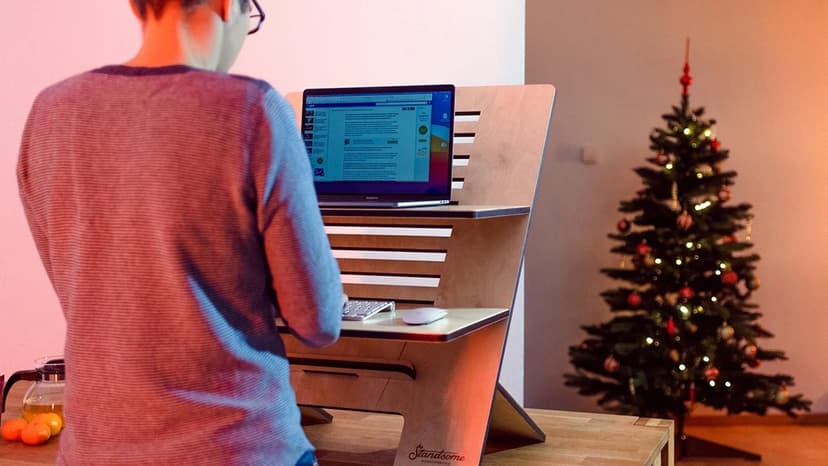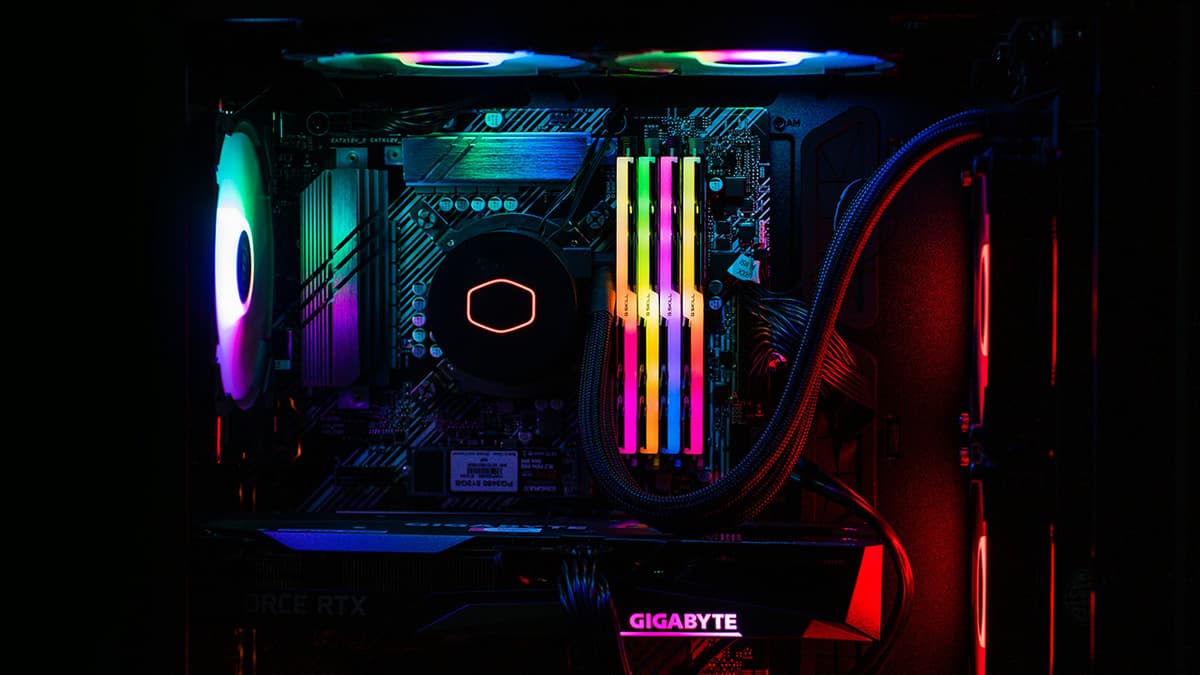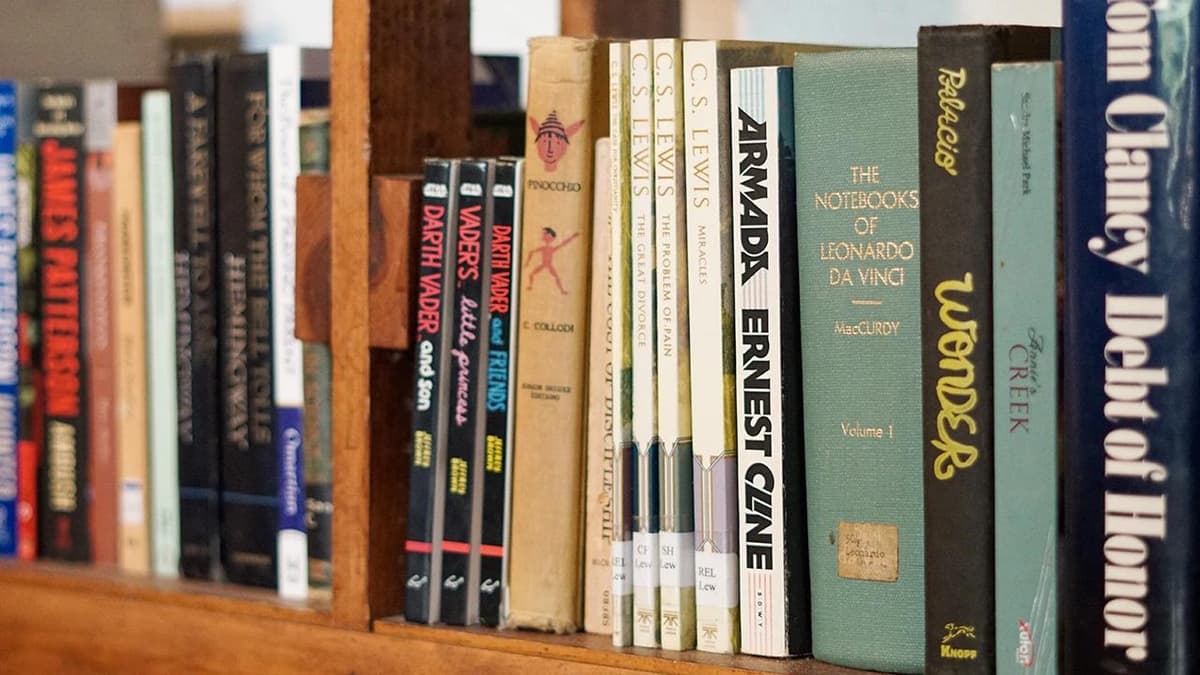The Meaning Behind "Warm Regards"
When finishing a letter or email, the closing line is important. It’s the last chance to leave a lasting impression. The choice of words indicates your relationship with the recipient. "Warm regards" is a common phrase that combines professionalism with a personal touch. But what does this phrase really mean?
"Warm regards" expresses friendliness and well-wishing without being overly personal. It is friendlier than a simple "regards" or "best regards," which can feel cold and distant, while still maintaining decorum suitable for most professional situations.
A Closer Look at "Warm Regards"
The term "warm" suggests genuine care and interest. It conveys that the sender values the recipient. Ending correspondence with "warm regards" implies, “I am approachable and I think highly of you.”
In appropriate situations, like writing to a well-known colleague or a long-time client, "warm regards" fosters goodwill. It indicates that your professional relationship includes a personal element, showing that you care beyond just business matters.
When to Use "Warm Regards"
"Warm regards" is flexible. It suits many professional contexts, particularly when a personal connection has been established. Here are scenarios where it fits well:
- Emails to colleagues you've worked with and respect.
- Messages to clients who value personal connections in business.
- Communications with someone who has helped you.
- Correspondence with a mentor or someone you respect.
- Interactions with other professionals where there is a positive relationship.
Use "warm regards" when confident it won’t be seen as too casual or familiar in a strict professional setting. Consider the culture of your organization or industry. Sectors that appreciate a personal touch, like customer service or creative fields, may benefit from this warmth.
Cultivating Professional Warmth
"Warm regards" is not just a closing phrase; it reflects an attitude. Embracing its spirit fosters professional warmth, enhancing workplace relationships. It signals to colleagues and clients that you value them as individuals. In a digital communication world that can feel impersonal, these two words can create a significant impact.
For example, if you conclude an email after a collaborative project with a remote team, you might say, "Thank you all for your hard work and dedication on this project. Warm regards, [Your Name]." This conveys appreciation for both the teamwork and individual contributions.
The Nuanced Etiquette of Sign-Offs
Not everyone interprets "warm regards" the same way. Cultural differences can impact how this sign-off is perceived. In some cultures, warmth in business communication is common, while in others, a more reserved approach is preferred.
It is important to gauge the relationship's tone and reflect it in your communication. If someone signs off with "warm regards," it is usually acceptable to reciprocate. If their message is more formal, matching their tone helps maintain professionalism.
Additionally, consider the content of the communication. If delivering bad news or a formal complaint, "warm regards" may not fit. In these cases, choose a more neutral closing line.
"Warm regards" offers a friendly touch that spreads goodwill through digital communication. It is a small yet impactful way to add warmth to interactions, wrapping up conversations with professional kindness.












